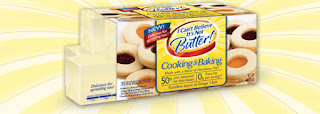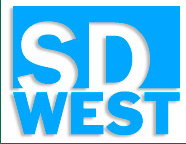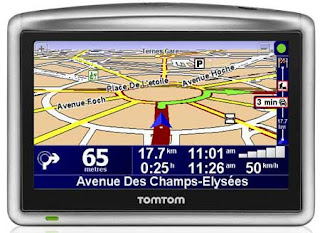 Retro technology at its finest!
Retro technology at its finest!
Blue Marble Announces Support for over 800 Ancient Units of Measure
Gardiner, Maine – April 1, 2009 – Blue Marble Geographics announces support for over 800 units of measure from antiquity in the latest version of Blue Marble software. Blue Marble’s geospatial data manipulation and conversion solutions are used worldwide by thousands of GIS analysts at software companies, universities, oil and gas companies, civil engineering, surveying, technology, enterprise GIS groups, government and military organizations.
Modern surveyors often reminisce about the ancient days where measurement was more of an art than a science. To help return some traditional methods to the modern world, Blue Marble now supports over 800 ancient units of measure! Whether you are surveying an Ancient Egyptian burial site, or building a modern sewage treatment plant, knowing that one šsp = .8 drt can mean the difference between doing a good job, and doing a great job. New support for cubits, for example, is quite extensive and is customizable to virtually anyone’s “arm’s length”. No more confusion between surveyors of different shapes and sizes.
Constance Noring, Vice President of Measurement at Blue Marble Geographics, could not be more excited about these new additions. “I’ve had surveyors call and thank me about this feature, and we haven’t even released it yet. Now they can convert all of their CAD data from feet to cubits with the simple click of a button! Talk about job security, with a tool like this no one will want your job once you get done with the data!”
About Blue Marble Geographics: Blue Marble Geographics of Gardiner, Maine is a leading developer and provider of geographic software products that provide sensible solutions for users and developers of geographic data. Blue Marble has been writing GIS software tools and solutions for over 15 years and currently serves hundreds of thousands of users worldwide. Learn more at www.bluemarblegeo.com.













 It’s almost too weird to blog. Most of the junk bulk messages I receive are easily classifiable: phishing attempts, spam, 419s, viruses and so-on. This message, which came to one of our info@ addresses, is just weird. “Oliver” sent it using classic spam-broadcasting techniques, from a disguised server, and from an invalid return email address.
It’s almost too weird to blog. Most of the junk bulk messages I receive are easily classifiable: phishing attempts, spam, 419s, viruses and so-on. This message, which came to one of our info@ addresses, is just weird. “Oliver” sent it using classic spam-broadcasting techniques, from a disguised server, and from an invalid return email address.














